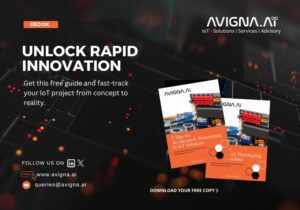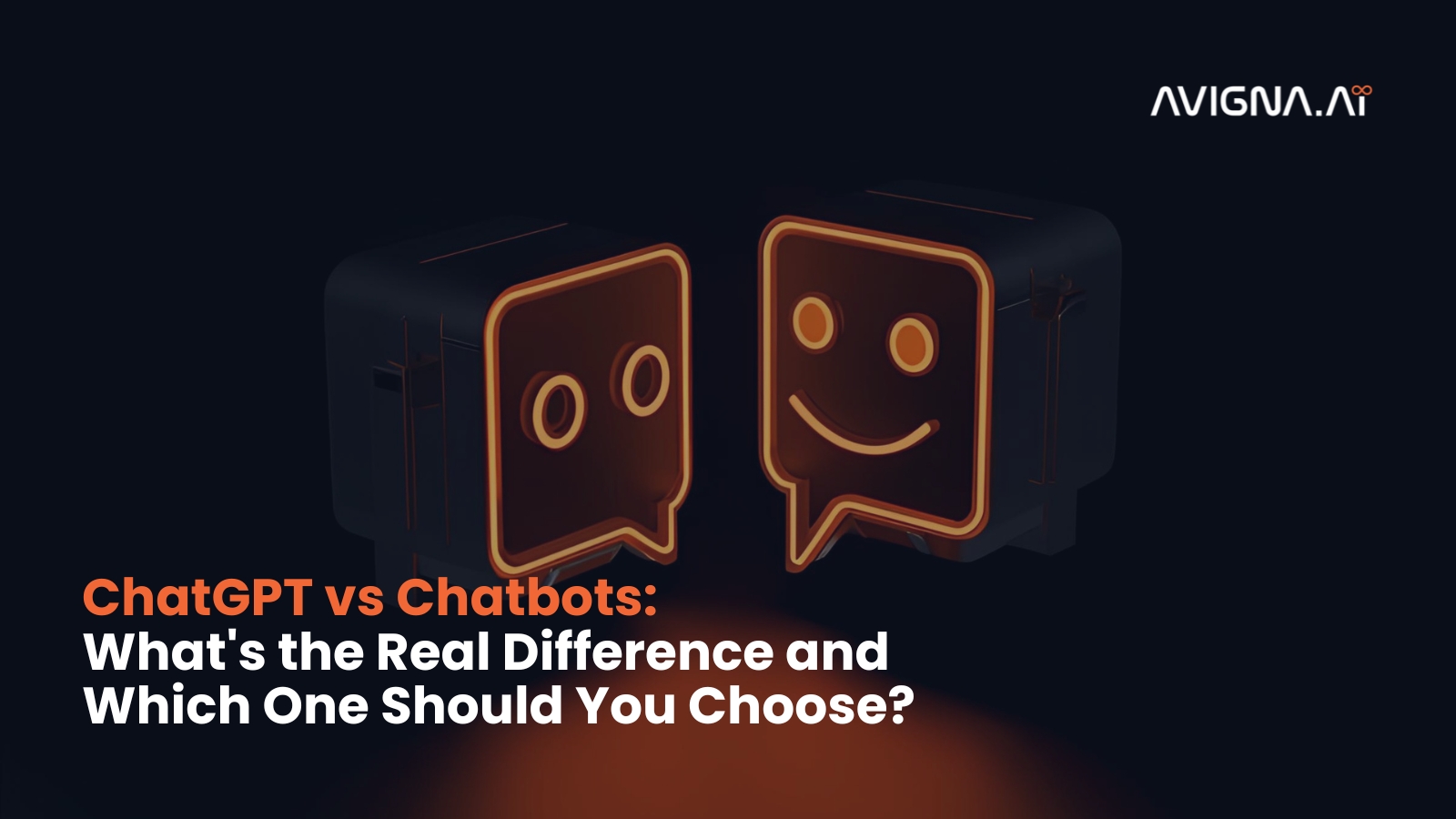As the Internet of Things (IoT) advances, organizations eye techniques to enhance their products to remain competitive. An effective way to accomplish this is through accelerated IoT prototyping – a cutting-edge process that accelerates every step from ideation to deployment. It utilizes advanced hardware, software, and services to rapidly develop IoT products that can withstand environmental conditions and incorporate customer feedback into product design decisions that result in higher-quality outcomes.
In this article, I will elaborate five key benefits of accelerated prototyping in IoT for product quality enhancement. The advantages of rapid prototyping promise exceptional returns across any industry depending on how well they are implemented alongside specific goals and objectives.
Ultimately, leveraging fast development cycles when creating new or enhanced IoT solutions can give companies a strategic edge over competitors while delivering high-performance results at lower costs with greater efficiency both now and in the future.
Precision in Product Development
Precision is the key to success in product development. It requires an exacting process that involves careful and detailed planning, analysis, and evaluation of every element from concept to finished product. This includes selecting materials and components for optimal performance, choosing design elements for safety, reliability, cost-effectiveness, etc.
By pinpointing areas with potential problems early in the process, designers can make adjustments before problems arise, saving money and time.
Additionally, precision allows teams to spot issues quickly, allowing them to course correctly and ensuring they produce a high-quality product according to their plan.
Precision also opens opportunities for innovation as teams can explore new approaches or techniques never used before to capitalize on any advantages these new methods may bring, which can provide a crucial edge over competitors in a crowded market.
Whether creating consumer goods or industrial services, ensuring each detail has been thoughtfully considered is key to achieving success in product development.
Efficiency in Resource Utilization
Efficiency is a key factor in successful operations. Companies must examine how their resources are used and create plans for maximizing their usage. This entails finding methods to save expenses, boost productivity, cut waste, and get the most out of the resources.
By implementing process improvements or efficiencies across the organization, companies can use their resources to maximize advantage and reduce operational costs while delivering quality results.
Strategic planning is critical for efficient resource utilization as it provides the framework to align objectives with resources to achieve maximum effectiveness. Resources should be allocated based on priorities associated with strategic goals; however, they should also be flexible enough to adapt quickly when specific situations require greater focus on particular areas or approaches.
Organizations must continually evaluate their resource use and monitor performance to identify potential problems or inefficiencies that could lead to reduced productivity or negative financial impacts.
Enhanced User Experience Testing
Enhanced User Experience Testing is now a major focus for software developers and engineers. It considers the interaction between users, content elements, navigation styles, interface design, and overall performance of a product or service. In this era of technology-infused lifestyle products such as smartphones, tablets, websites, and web applications, capturing even subtle nuances in the user experience has become essential.
User Experience Testing helps to identify how well an application interfaces with its users – does it serve their needs effectively? Does it engage them long enough to perform desired tasks? Are there any usability issues present that should be addressed before release?
Beyond addressing flaws in usability and functionality, enhanced User Experience Testing also offers immense confidence toward success rates post-launch.
By understanding how end users interact with a particular solution – from initial discovery to actual use cases – companies can deploy solutions that are certain to meet user expectations over time. With research studies and feedback systems utilized, organizations can gain insight into problem areas that would otherwise go unnoticed until too late into the process cycle.
Improved customer satisfaction equates directly to higher profits without needing heavy marketing budgets or other risky investment strategies employed by some unknown competitors down the line.
Rapid Identification and Mitigation of Design Flaws
Software development teams need effective strategies for rapidly identifying and mitigating design flaws, which can lead to significant quality issues later on. Such problems are typically addressed during the software requirements analysis phase but can persist when a product is released into production environments.
To address this issue, developers should use modern test frameworks such as xUnit or Junit to run automated tests and generate detailed reports about potential weaknesses within their code. Additionally, they should leverage static analysis tools like PMD or FindBugs to assess any coding anomalies that could cause problems down the line.
Furthermore, periodic reviews conducted by technical experts can be used to review designs and source code for adherence to industry standards while looking out for potential security vulnerabilities that may have gone unnoticed otherwise. By combining these approaches with proactive debugging sessions throughout the development process, organizations can quickly identify issues before they become costly setbacks further down the line.
Seamless Integration with IoT Ecosystems
Discovering methods to connect their items to the Internet of Things (IoT) ecosystem is a frequent problem among company owners. Thanks to cloud integration, companies can easily develop and build integrated services without having to rewrite or alter compiled code. This capability can be especially beneficial if companies use proprietary protocols and need a professional service provider that understands their product, security benefits, and usage data requirements when connecting devices to an IoT cloud.
Cloud providers have vast experience in this space and are available to help optimize any business’s IoT strategy, from architecture design and development through release management. Additionally, many cloud providers provide customer support around scaling as part of the agreement if necessary due to increased demand for your product line related to the added connectivity made available by leveraging cloud services.
Ultimately, these services enable you to focus on ensuring your device works. At the same time, someone else takes care of connectivity issues so that you don’t have any downtime associated with customers not being able to use their purchased goods or access certain features due to bug fixes or feature changes being necessary but not yet released at the time of purchase.
Conclusion
Accelerated IoT prototyping can be invaluable for improving product quality in IoT development. By using a rapid prototype approach to evaluate interface design and overall product performance, teams can identify defects much earlier in the process. This helps reduce time-to-market and keeps operational costs low.
Additionally, developers can access detailed technical metrics that provide insight into how their products perform in real time. Finally, with this type of service, teams can gather data about customer preferences, crucial information regarding feedback loops for tweaks, and physical iteration cycles of hardware designs down the line.
Accelerated prototyping methods help streamline processes and give users more control over their product evolution during development cycles – essential for ensuring your final output effectively and efficiently meets user needs.
Witness the fusion of expertise and innovation with AvignaAI’s Accelerated Prototyping. Let your IoT concepts take shape as we fast-track your ideas from concept to reality. Our expert team and state-of-art resources offer swift prototyping and rigorous testing, ensuring your large-scale execution vision is a successful reality. Contact us to avail of our Rapid Prototyping expertise. Follow us on LinkedIn.




